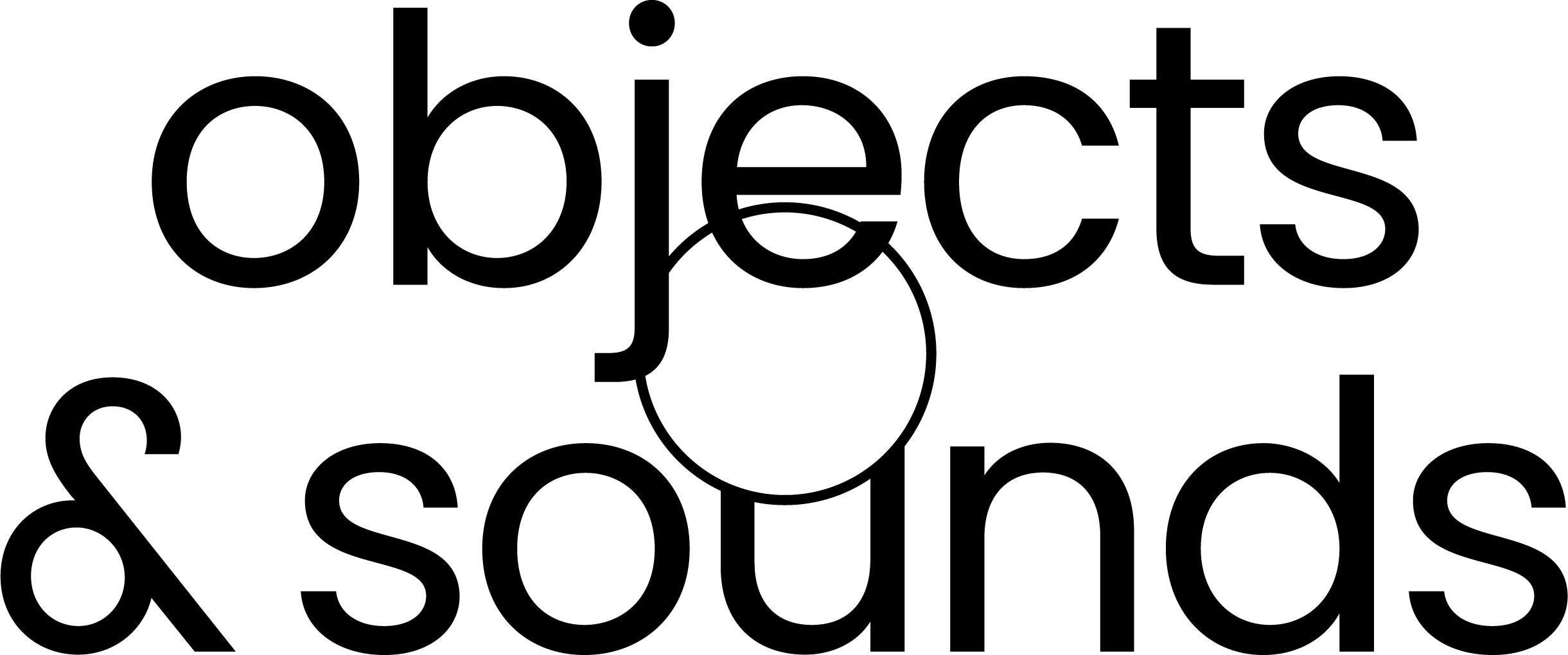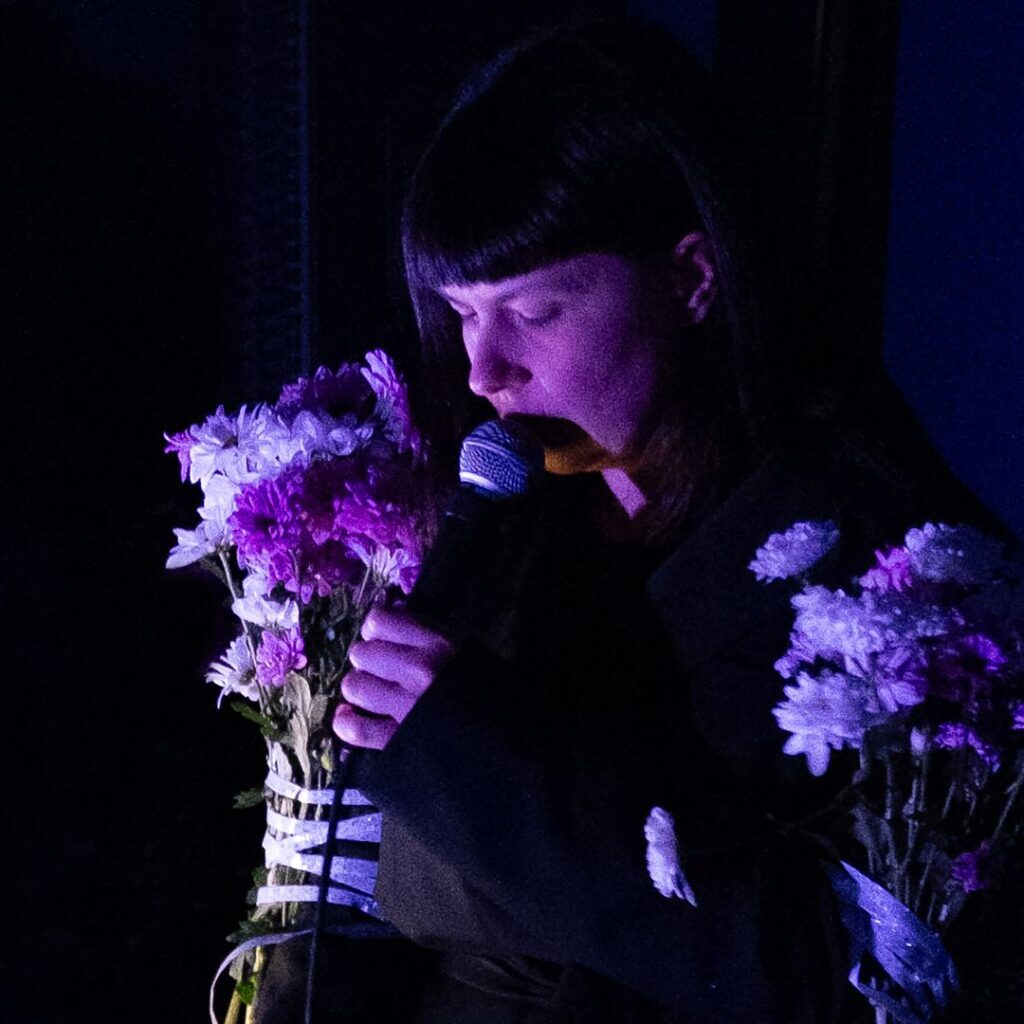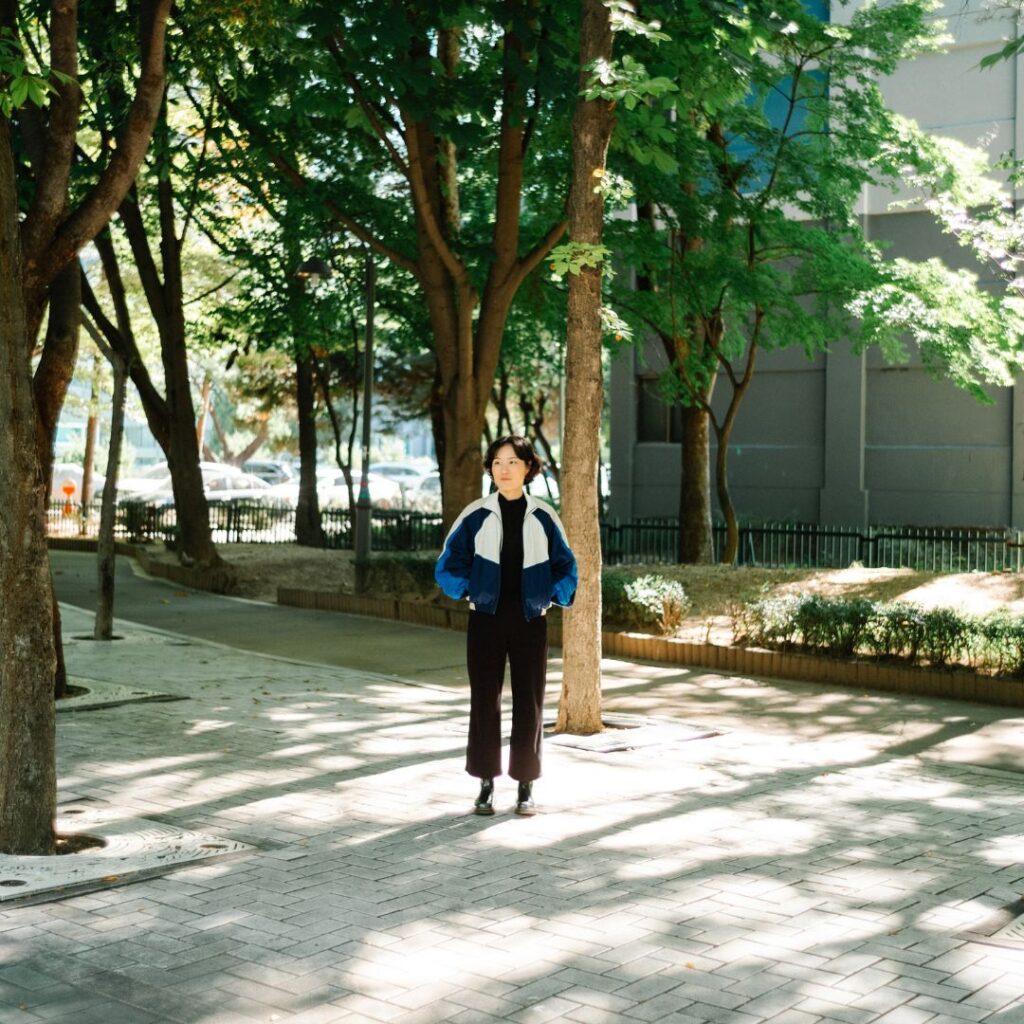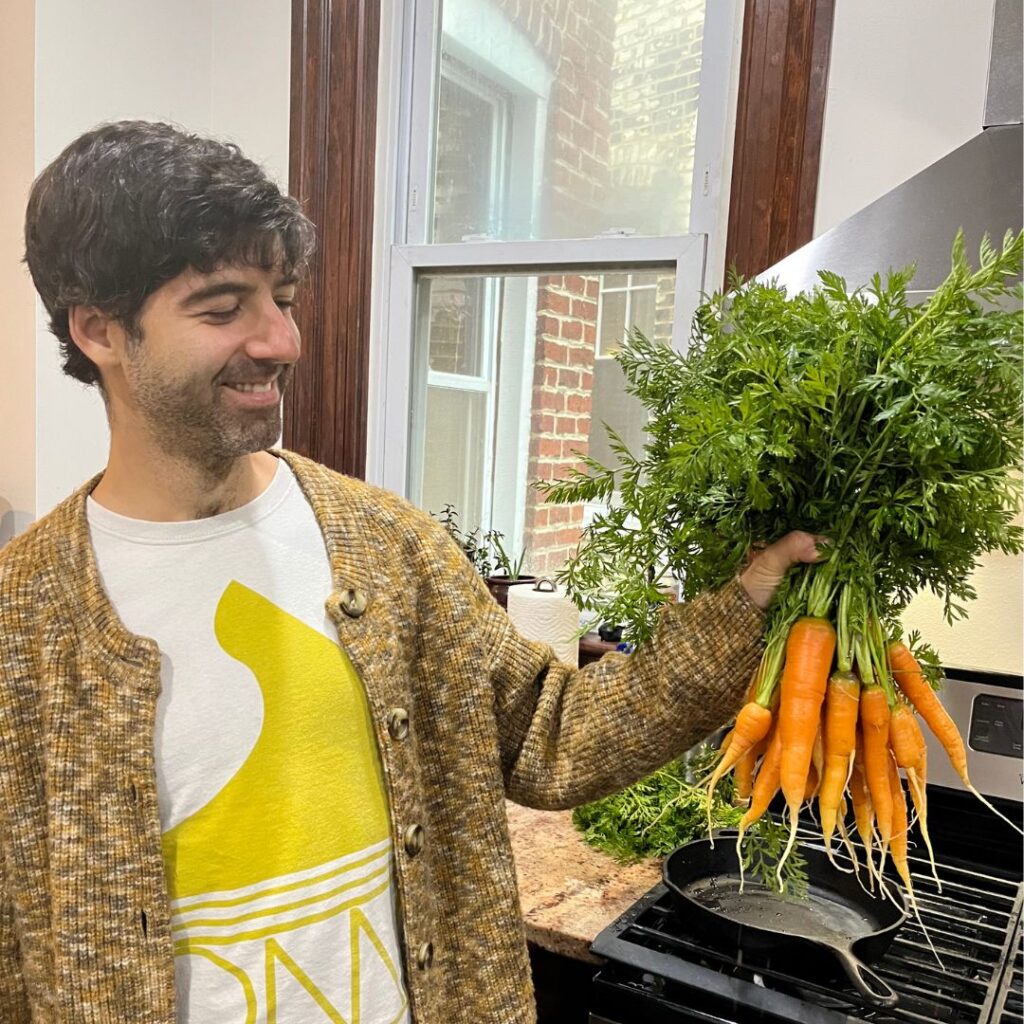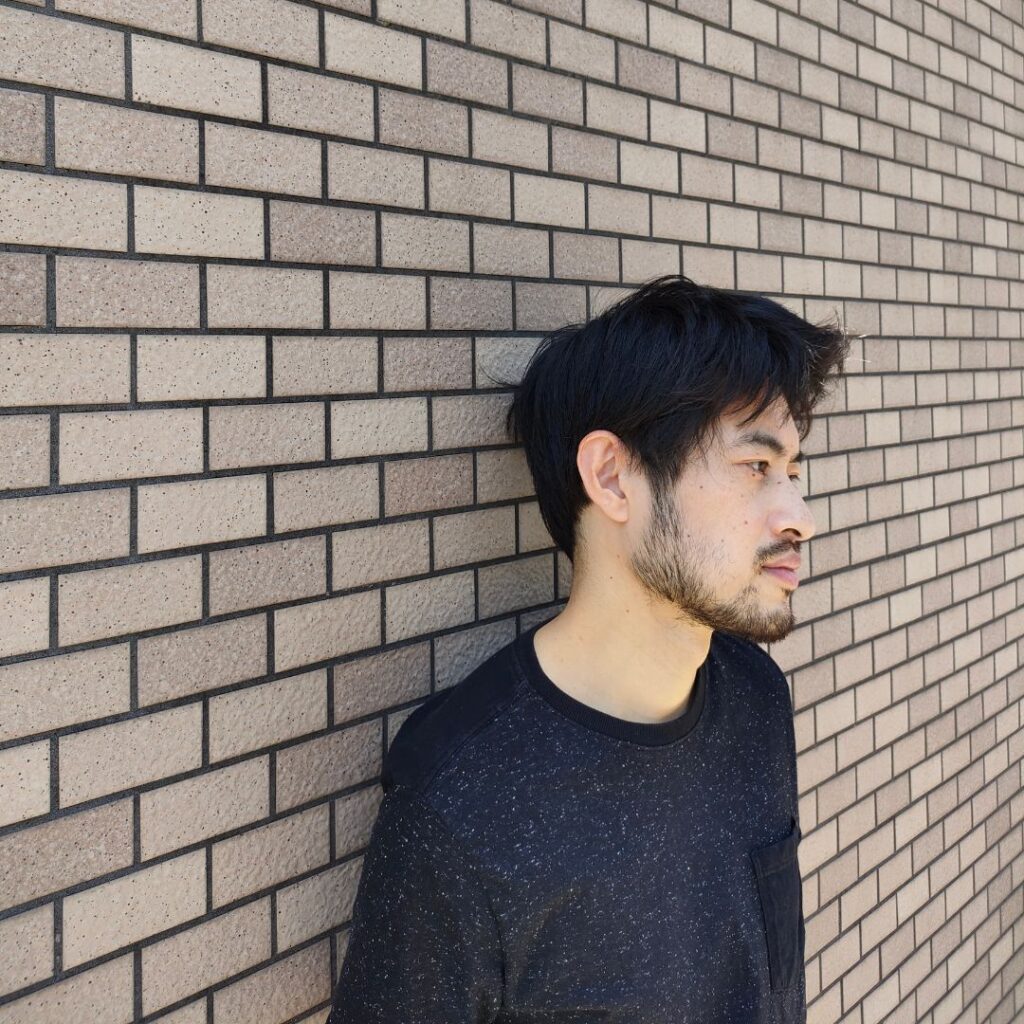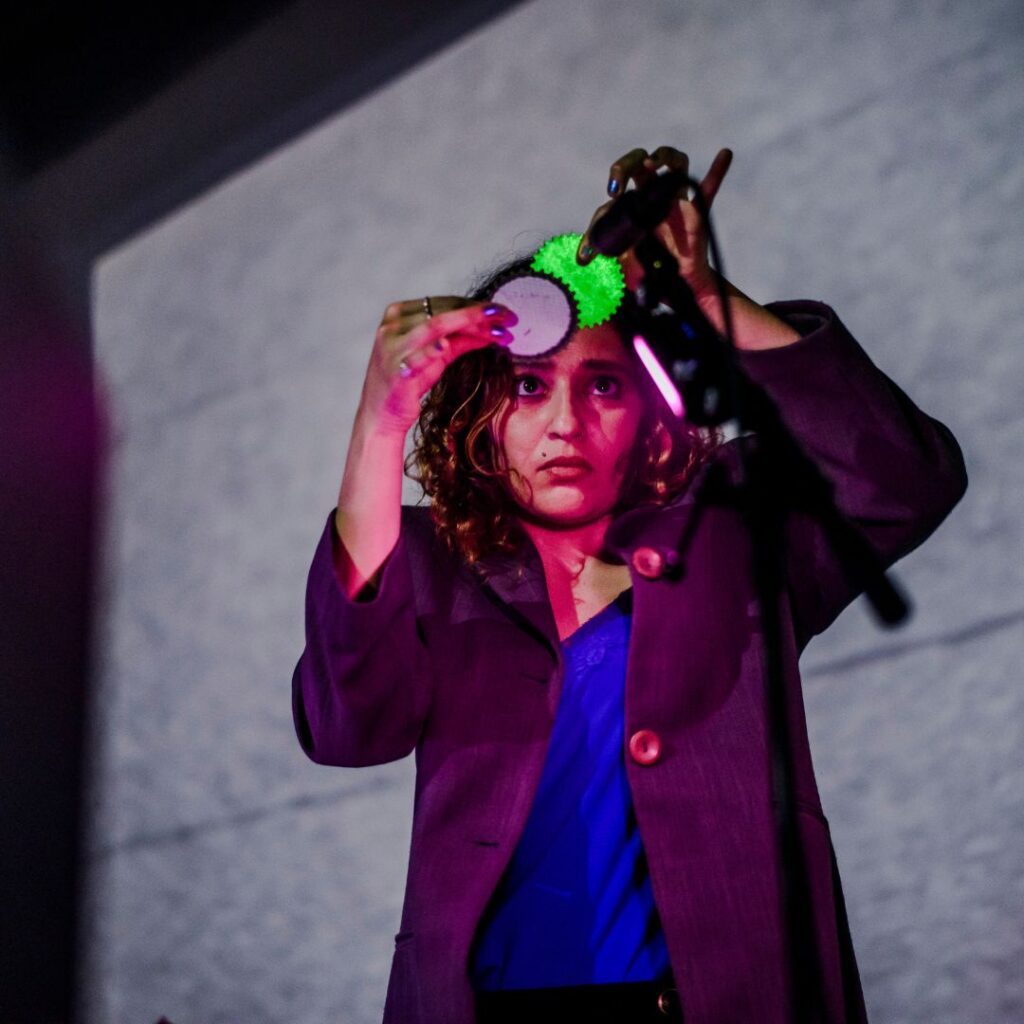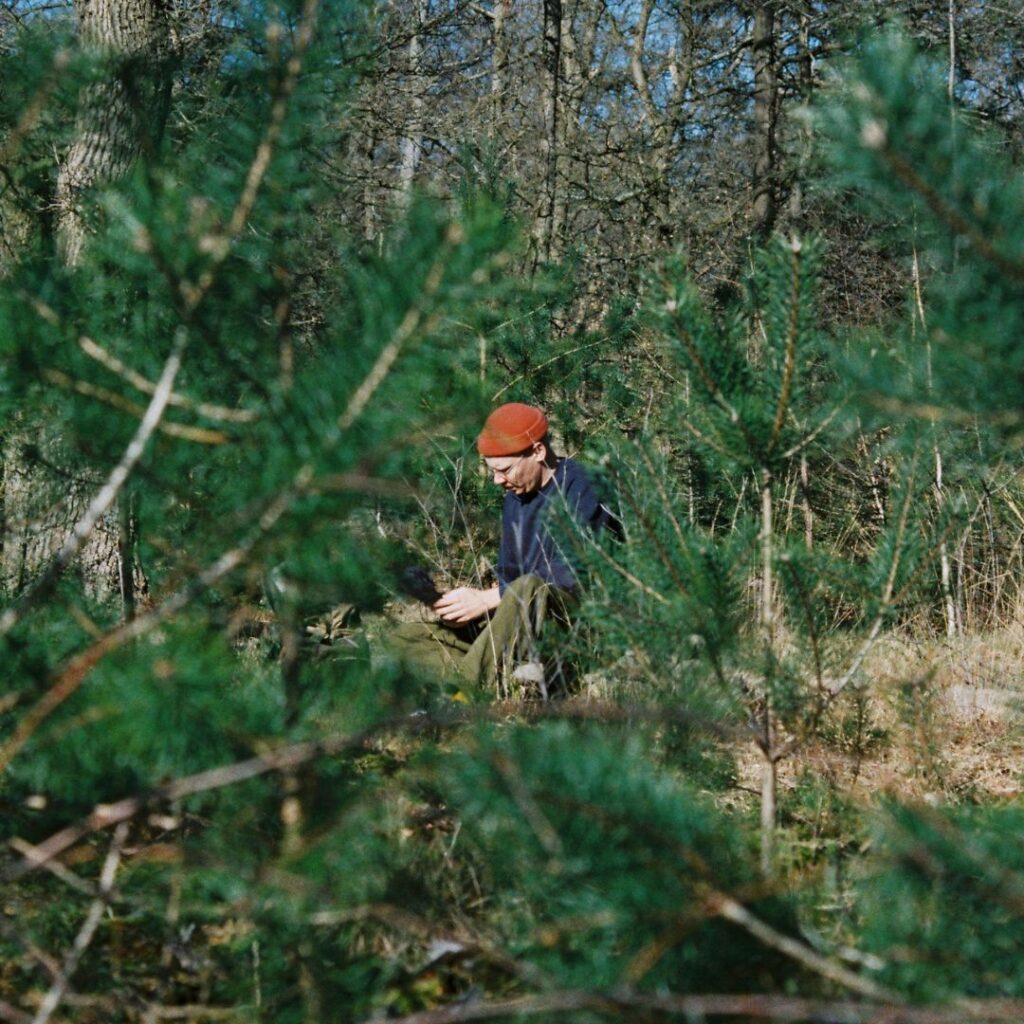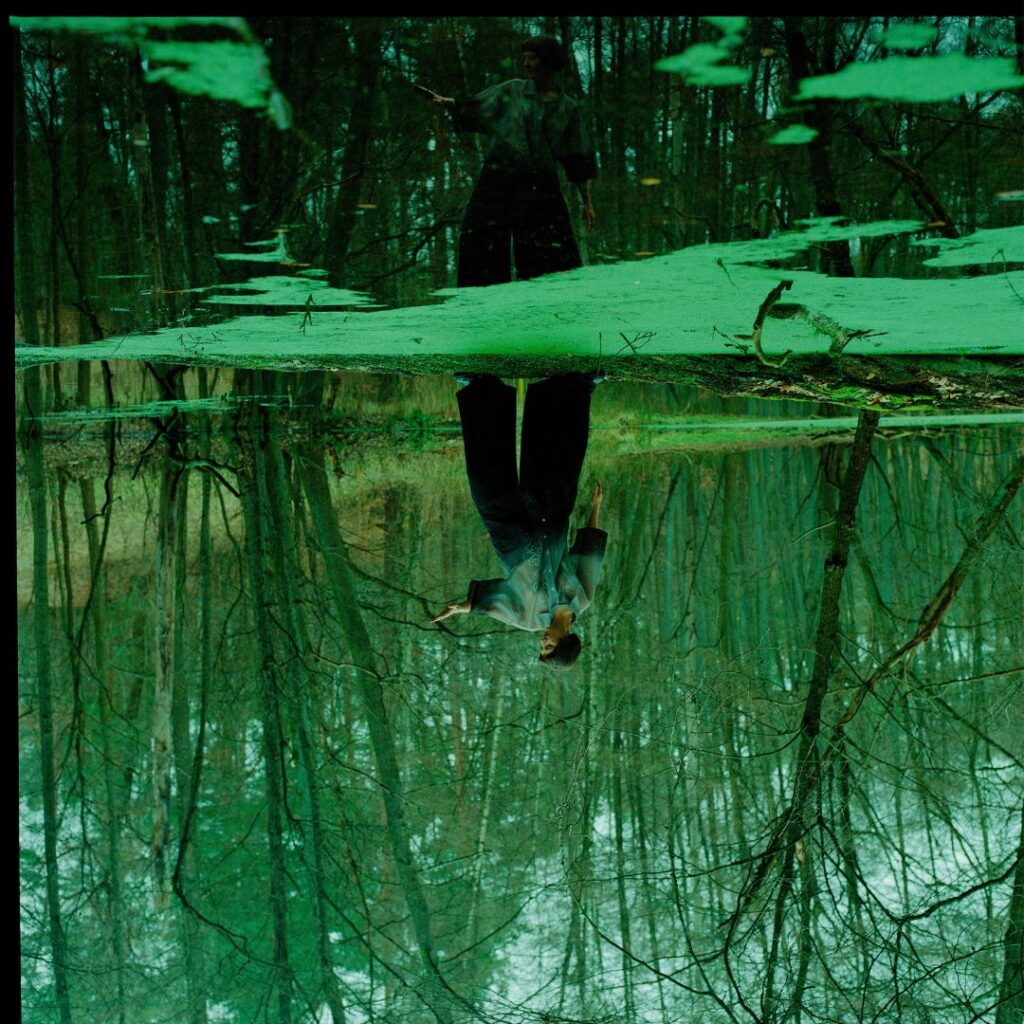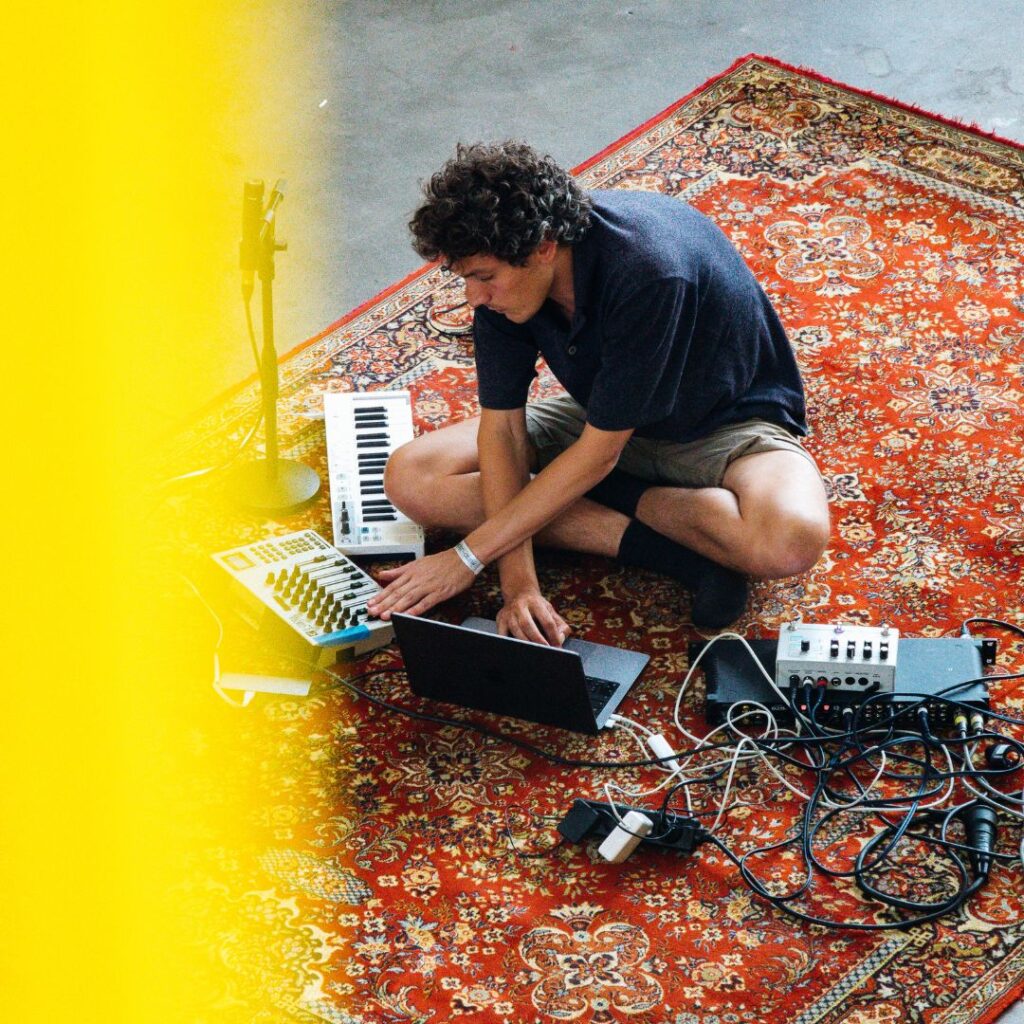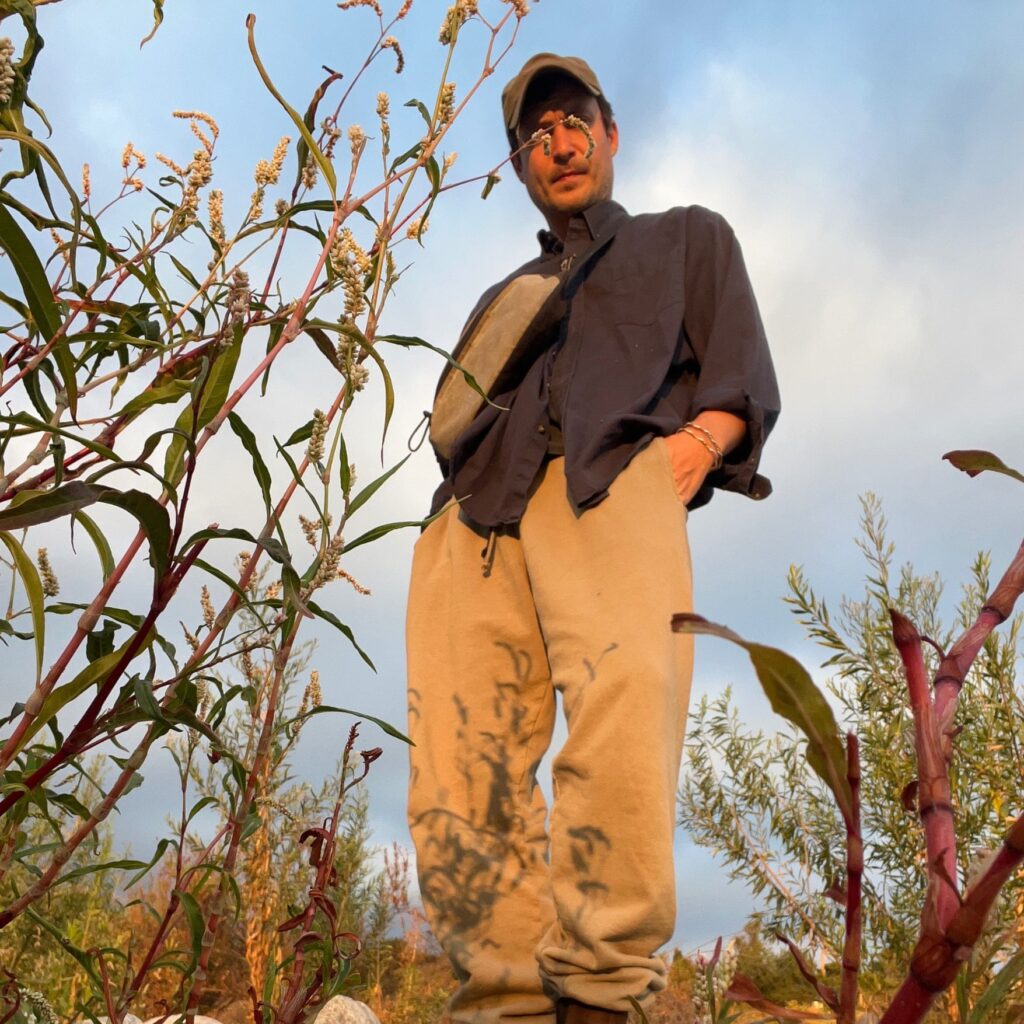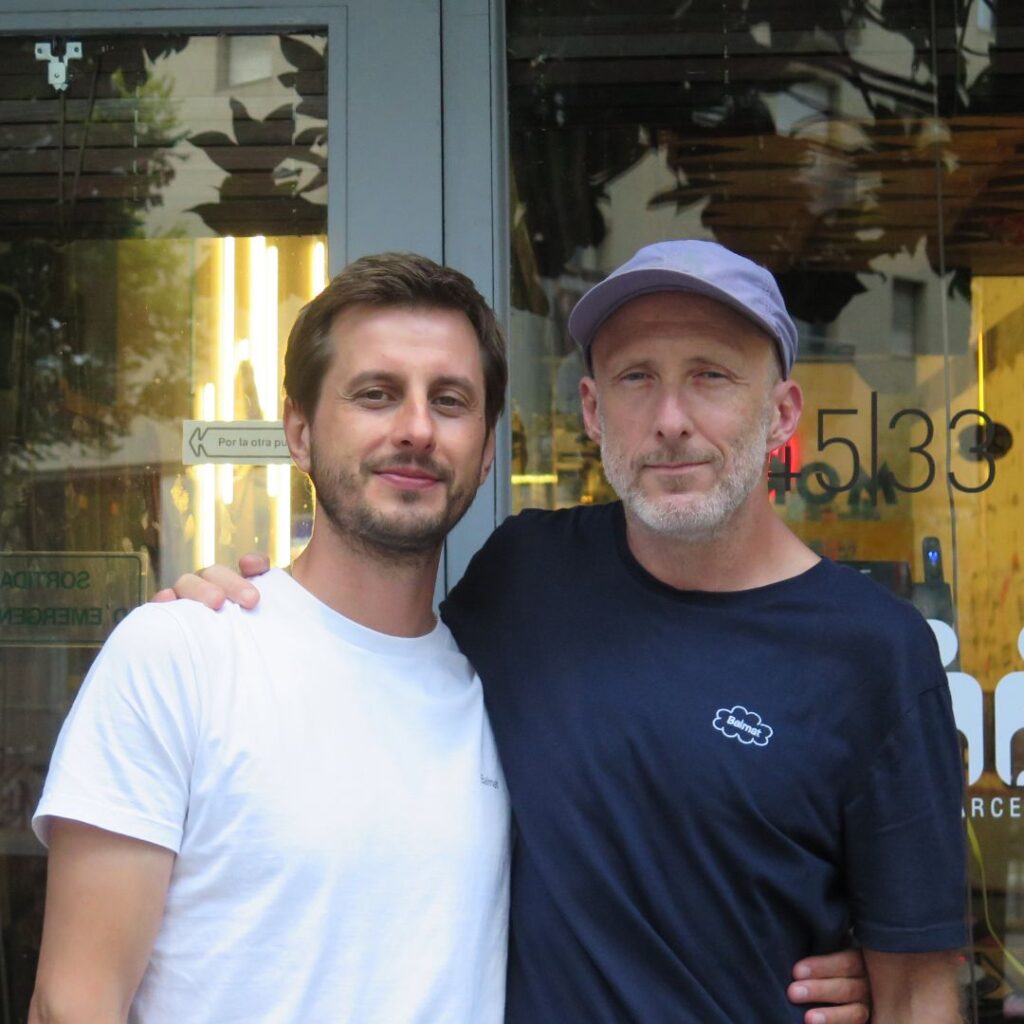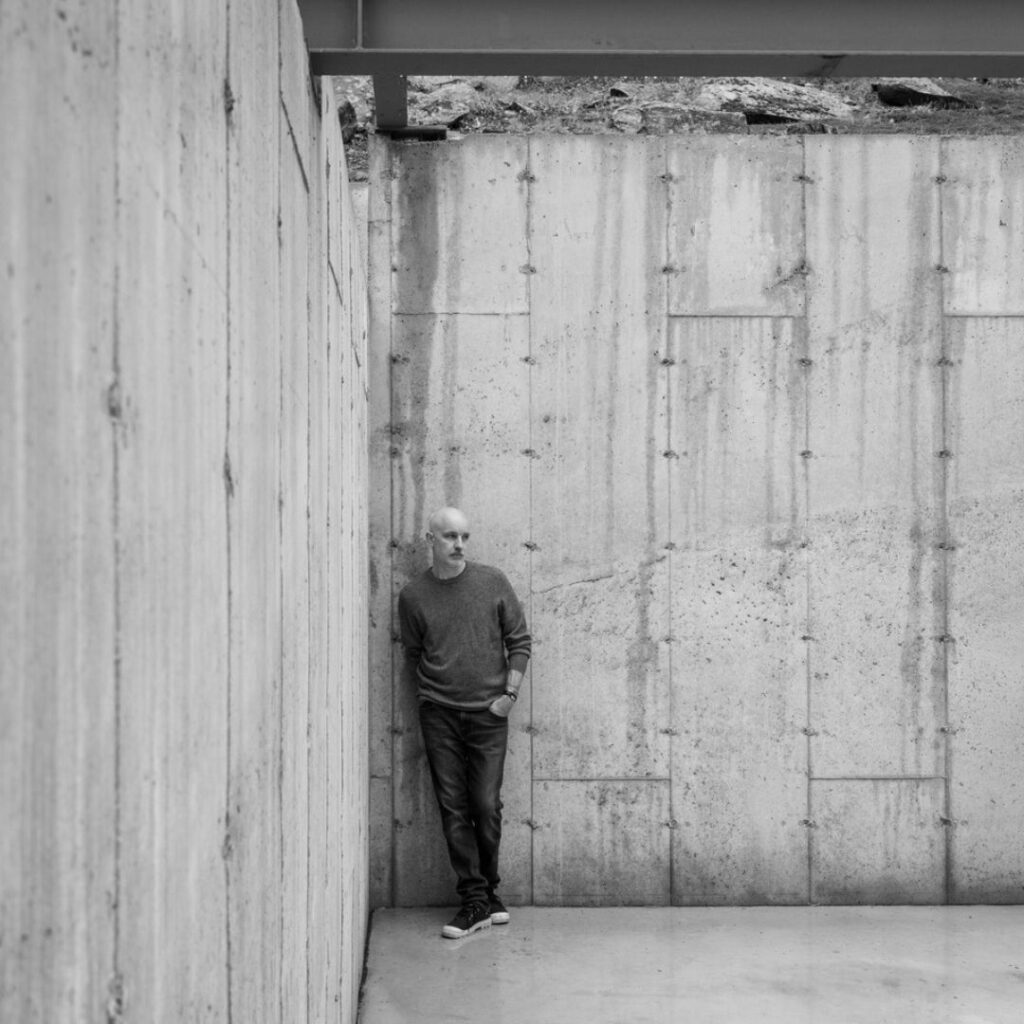affective materiality with soosumsee’s Bec kirby
One of the creative forces behind Tactile Interactions is the Manchester-based Bec Kirby. Her work exemplifies both concepts of “tactility” and “interaction.”
With a background in interior design, her understanding of how spaces, objects, and materials affect emotion and how we interact with our physical environments paved the way for her current pursuits under the creative name of soosumsee.
soosumsee finds Bec bridging tufting, sewing, drawing, and painting, where an entrenched respect for animal rights and sustainable craftsmanship guides her practice. Read on to learn more about how Bec got into tufting, her approach to ethical creation and consumerism, and the music that keeps her creative wheels turning.
How did you get into tufting?
During the first lockdown, I ended up working from home. I felt as though I was glued to a laptop and needed a creative outlet that wasn’t digital. I had previously tried my hand at using a punch needle, but the process was slow, and I’m impatient, so I bought a tufting gun, and it all just sort of started from there.
Can you walk us through your process?
I’m always scribbling down concepts and ideas for new work, but I try not to be too forceful with them. I come from an interior design background where the design process felt very regimented, with strict deadlines for concepts (understandably, when there are clients and other people involved), but I just never felt like I could design with free thought because I was always designing within a timeframe. So I try and keep the design process for soosumsee constant, free, and flowing – never really setting out “design time” and just collating ideas here, there, and everywhere.
When I’m physically making a new collection I’ll usually sketch it out first and then create a physical sample piece. I work with monk’s cloth, so firstly that gets stretched over the frame, and then I’ll tuft the design with two threads of dead-stock wool. Once tufted, the piece gets glued and then trimmed.

You often listen to the most interesting music while you work. In what ways do you find it affects what you create or seeps into your work?
Whatever I listen to definitely sets the tone for the day. I love listening to Maria Somerville’s NTS morning show on Mondays and Tuesdays. Her selection of music is magic. If I need to get into deep work I listen to a lot of ambient, commonly stuff from enmossed, sferic, Experiences Ltd, and Shelter Press. Tufting is quite repetitive so I’ll usually listen to something energetic, like a Tom Boogizm mix.
What role does sustainability play for soosumsee?
Sustainability and ethical consumerism are really important to me. I never wanted to create art to the detriment of an animal or the planet. Sourcing ethical wool has been a bit of an uphill battle.
Sheep protected by the “Five Freedoms” act here in the UK are taken good care of during their wool cycle, but once their coats are no longer of use, their protection ends and are sent to slaughter. I discovered this through months of research and reaching out to farms that boast about their “well-protected and well looked-after” flocks, only to find they are still part of the slaughter line — something I refuse to support. I currently work with dead-stock wool, ends that have been sourced from various textile mills in the North of the UK. Yarn that would have otherwise been thrown away. It’s a constant work in practice, and I am always researching to better my methods of production. My end goal is to work with wool sourced from a small flock, who are kept and cared for both during their wool cycle and after, until the end of their natural life.
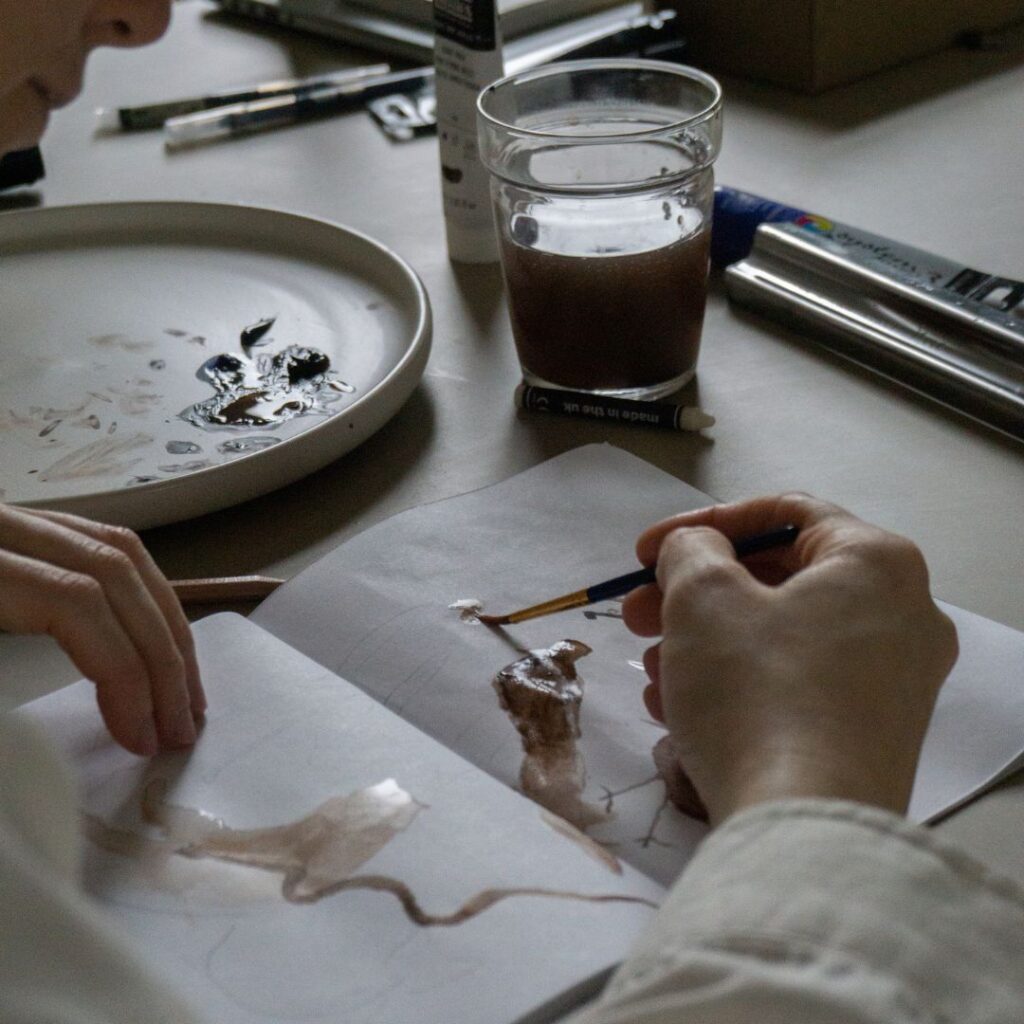
Tell us about Tactile Interactions. What inspired the idea of modularity for this project?
The whole process was based on collaboration and things working together. The tapes could be played alone or at the same time, and I felt like the pieces also needed to reflect that, where they could stand alone, or work together in a formation. The modularity and interaction also extended to the listener, allowing them to form their own interpretation of the wall hangings, again encouraging the act of collaboration.
How was it collaborating with Niklas and Joda? Did it change your way of working?
After working on my own for an entire year and a half, it was so refreshing to discuss ideas and developments with other people. It was exciting to see their interpretation of the pieces in the form of music, and I loved the development process, bouncing ideas back-and-forth until we arrived at a solid concept.
You are working on new collections and new pieces. What’s next for you?
Over the past few months, I’ve been working on a few different collaborations and bespoke artworks. After my holiday, I’ll finally be moving into my new studio. I’ve been renovating it for the past two months, so it’s been a long time coming! I’m excited to see what new work it inspires. I’m going to have a much larger frame, so I’m going to lean into making bigger pieces, although I’m trying not to plan too much and just let the process take me wherever it takes me!

